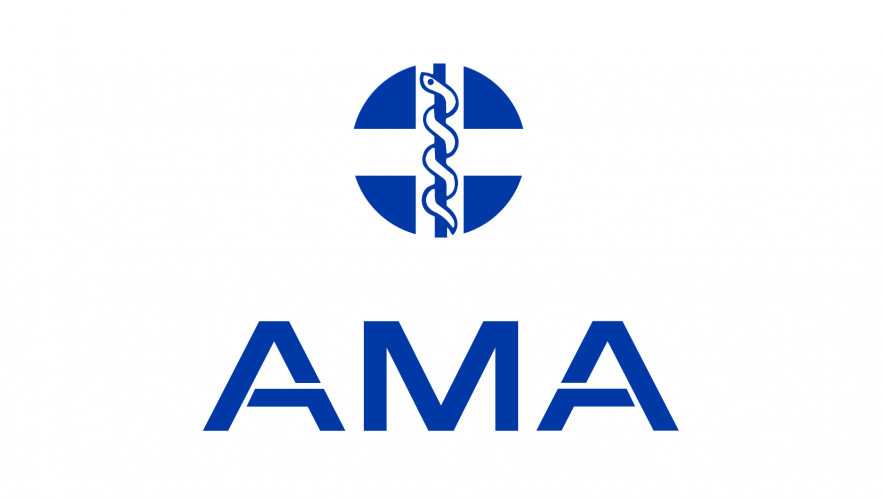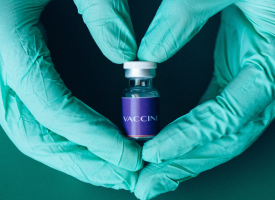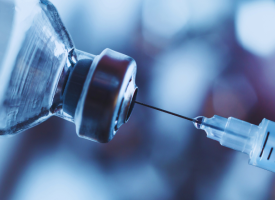NSW must release updated modelling showing impact of easing COVID restrictions on health system
The Australian Medical Association (AMA) said the New South Wales Government’s plan released today to start reopening from the COVID-19 lockdown lacked sufficient detail, including any modelling of future case numbers and health system impacts.

AMA President Dr Omar Khorshid and NSW State President Dr Danielle McMullen said that although the NSW Government stated it was following the Doherty modelling prepared for National Cabinet, it seemed to have ignored warnings that easing restrictions when contact tracing systems were already overwhelmed would lead to higher case numbers and a greater burden on the health system.
“The Burnet modelling released by NSW recently was predicated on current restrictions remaining in place and did not include an assessment of what the changes announced today would mean for the health system,” he said.
“The Burnet analysis shows that NSW is likely to ease restrictions at a time when there will still be more than 500 infections each day and with the health system under considerable stress. We already know it is beyond the capacity of the NSW health system to effectively trace contacts of many hundreds of cases a day.
“NSW needs to release the modelling it has used to inform today’s changes to either reassure the community that infection numbers will continue to come down to manageable levels or give the community an honest assessment of their impact on the health system.”
According to the Burnet modelling, during October, November and moving into December, ICU capacity in NSW would be under enormous strain. The public needed to know that today’s changes would not make projected peaks worse or mean that they lasted even longer.
Dr Khorshid said high infection numbers put pressure on all parts of the health system - emergency departments, hospital wards, ICUs, and primary care - and diverted precious resources away from the day-to-day function of the health system.
Elective surgery would need to continue to be deferred and serious health conditions would go undiagnosed and untreated, he said.
“NSW is right to ease restrictions slowly and to limit changes to people who are fully vaccinated. However, the key problem facing NSW is that it is looking to ease restrictions when case numbers are likely to be too high,” Dr Khorshid said.
“NSW should look to achieving a higher vaccination rate in order to reduce pressure on the NSW health system and ensure that NSW could open up in a sustainable way” Dr Khorshid said.
“Unfortunately, today’s plan appears to leave NSW at considerable risk of having to return to lockdowns.”
“NSW residents have sacrificed too much for too long to risk letting COVID overrun our hospitals when they are already being pushed to the limit,” Dr McMullen said.
“The more people are out and about in the community, the greater risk they are at of requiring hospitalisation. Falls, car accidents and alcohol harms are all expected to increase when restrictions are relaxed. This means more people in hospital at a time when we can handle it least.
“We all want to get back to normal but moving too fast too soon risks everything we have already sacrificed,” Dr McMullen said.
“We need a staged approach to loosening restrictions that takes into account the impact on our healthcare system, our healthcare workers, and long-term implications for non-COVID health care that has already been suspended,” she added.
9 September 2021
CONTACT: 02 6270 5478 media@ama.com.au
NSW AMA: 0450 129 502
Follow the AMA Media on Twitter: http://twitter.com/ama_media
Follow the AMA President on Twitter: http://twitter.com/amapresident
Like the AMA on Facebook https://www.facebook.com/AustralianMedicalAssociation



